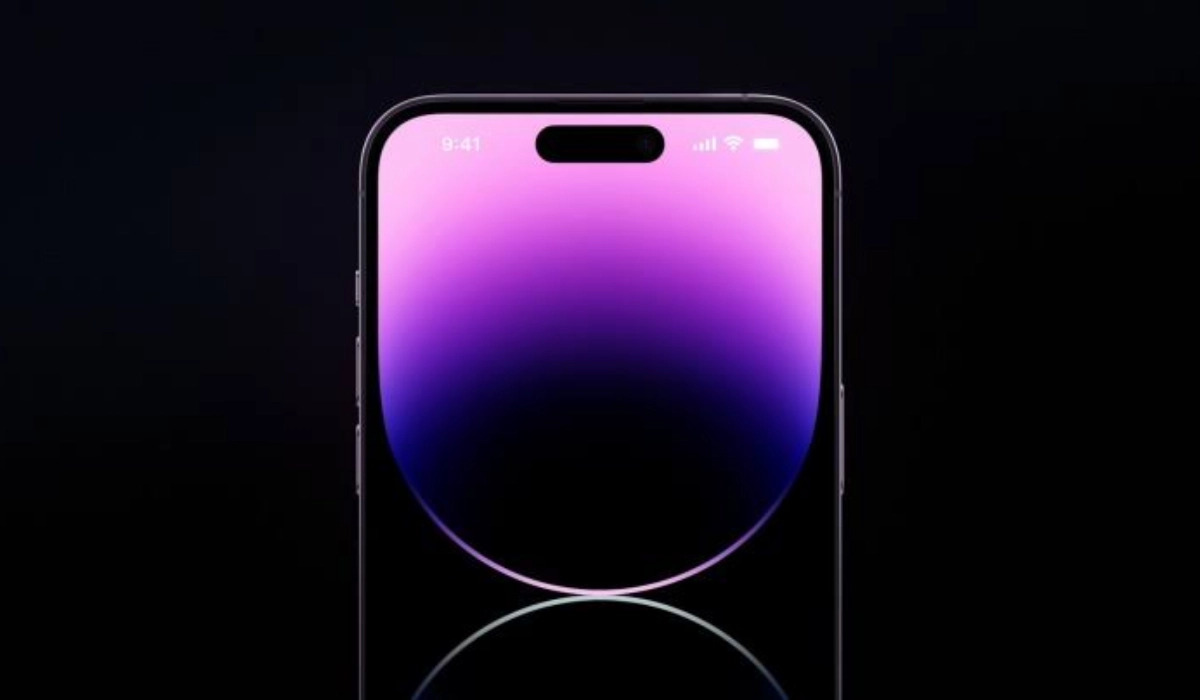Proximity sensors in smartphones and IR radiation from IR LEDs used for remote controls or TV remotes are related because they both use infrared technology to detect objects.
Proximity sensors in smartphones detect when an object is nearby, and when it detects a nearby surface (usually your face), it shuts off the screen and touch sensitivity so that the phone pressing against your ear or cheek doesn’t register any actions.

Table of Contents
How does the proximity sensor work in a smartphone?
The sensor emits an infrared beam, and when an object is close enough to reflect the beam back to the sensor, the sensor detects the object and triggers a response, such as turning off the screen during a phone call to prevent accidental touches.
How infra-red TV remote controls work
Similarly, IR LEDs used for remote controls or TV remotes also emit infrared radiation to communicate with the device they are controlling. When a button is pressed on the remote, the IR LED emits a signal that is picked up by a receiver on the device, which then interprets the signal and performs the corresponding action. This is the same technology and process in all IR blasters.
Infra-red is the common ground
In both cases, infrared technology is used to detect objects and trigger a response. While the specific applications of IR technology in proximity sensors and remote controls are different, they both rely on the same basic principles of infrared radiation and reflection.
This revelation about proximity sensors may come as a surprise to you. Apparently, infra-red technology is not as dead in cell phones as we suppose; it is just used differently from how it used to be applied decades ago.

